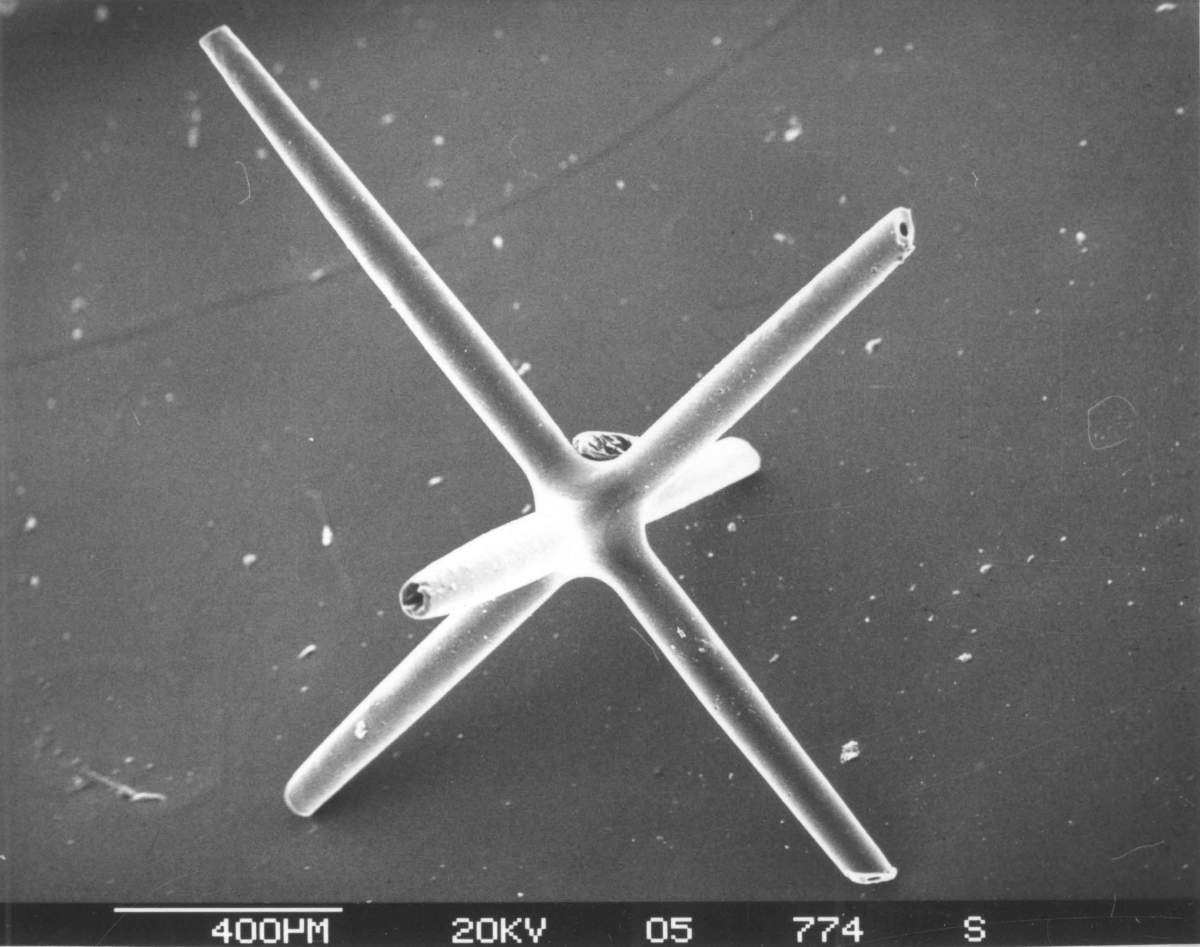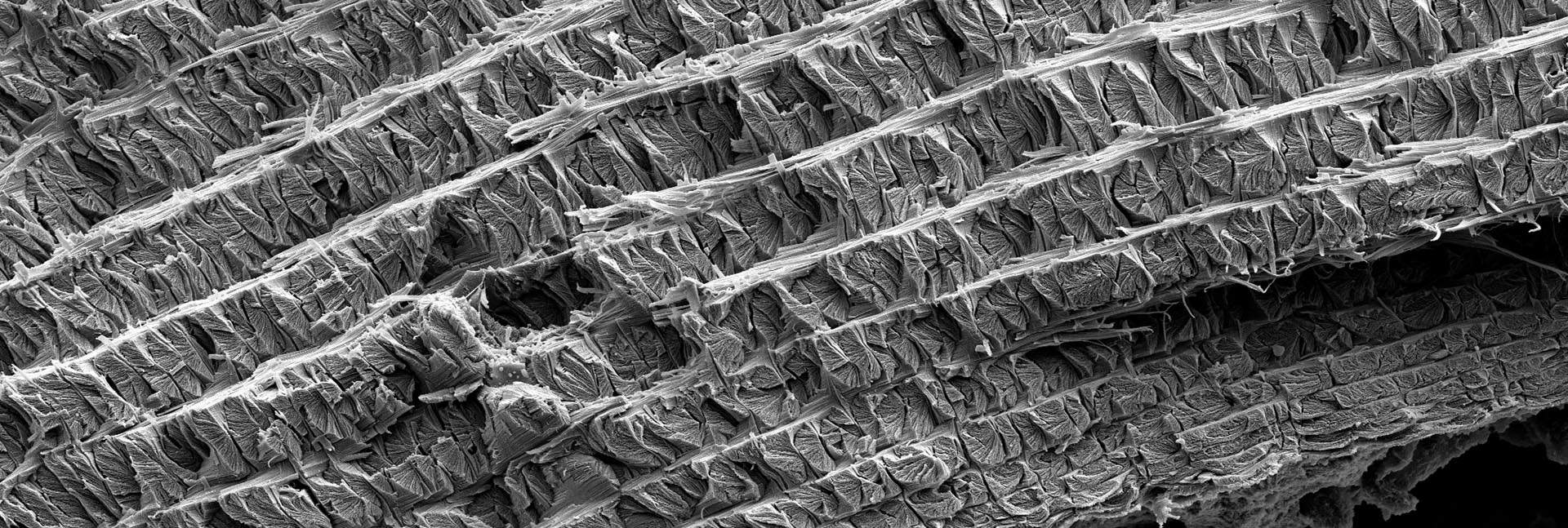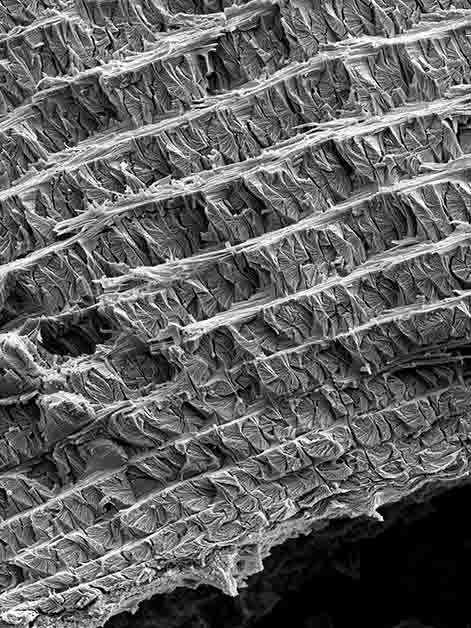Humans are by no means alone in the search for more sustainable materials. Nature, too, has been “working” on the problem of sustainability, and it’s been at it for a great deal longer. In a new study, researchers at the Weizmann Institute of Science show how design tricks employed by ancient creatures such as scorpions and sponges can help optimize the resilience of human-made materials, ultimately advancing sustainable design.
“In the natural world, materials have evolved over millions of years, in environments that are often defined by limited resources and harsh conditions,” says Prof. Daniel Wagner of Weizmann’s Molecular Chemistry and Materials Science Department, who has been studying the mechanical aspects of natural materials for several decades. “Our point of departure was an intuition that biological structures around us – trees, plants, bones, skeletons of various organisms – developed in a way that is, by definition, sustainable.”
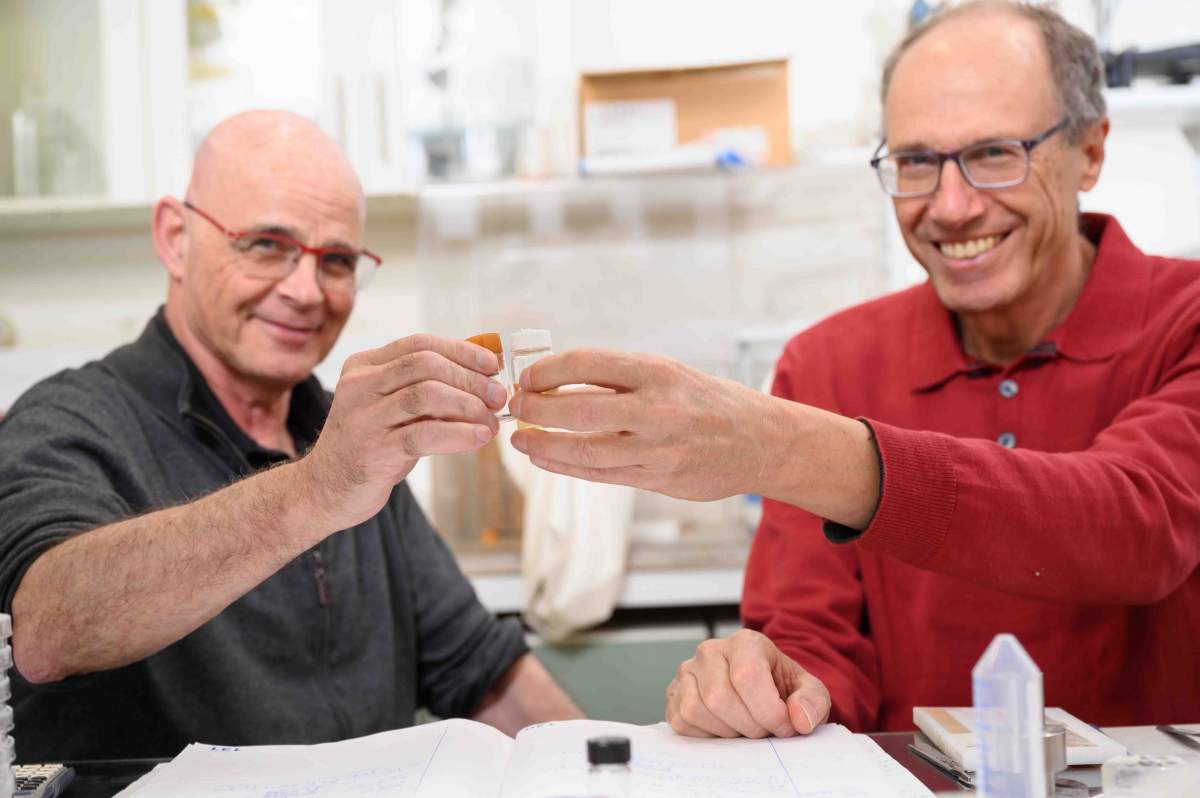
“In this respect, durability is key,” says study coauthor Dr. Israel Greenfeld. “Living organisms, for example, display a variety of specialized strategies to deal with outside forces while expending the least amount of energy – which is why there is so much to be learned from nature, as we try to develop stronger and longer-lasting materials of our own.”
""Increasing a material’s strength often leads to a trade-off in flexibility. But nature has developed structures that achieve both without compromise"
Improved, efficient materials offer an important avenue toward a more sustainable future because they can lead to less waste and a reduced need for fuel. But any attempt to enhance an advantageous property of a material tends to come at the expense of another of its attributes. Increasing strength, for instance, will typically lead to increased weight or decreased flexibility.
“Nature, it turns out, finds amazing ways to optimize the balance,” Greenfeld says. One optimization feature found in a variety of tough organic substances is laminate construction: materials composed of different substances layered or interlaced together. This type of composite material often exhibits strength and resilience, while maintaining other beneficial properties, such as being lightweight and flexible.

In the new study, Wagner and Greenfeld examined two natural laminates that show an exceptional degree of toughness: the outer shell, or cuticle, of a scorpion and the inner skeleton, or spicule, of a sea sponge. The researchers found that the secret of their resilience lies in grading, a specialized strategy that is rarely found in human-made materials: a gradual change in properties from one layer to another.
In both creatures, the different layers vary in thickness, and in the scorpion’s shell, they also decrease in stiffness from exterior to interior, so that the surface facing the harsh world the scorpion inhabits has greater resilience than its shell’s interior. In fact, the researchers’ study of the scorpion – which built on the work commenced at Weizmann by Dr. Israel Kellersztein, a former student on Wagner’s team – showed that the organism’s complex shell is a composite constructed from eight different structural levels.
In both the scorpion and the sponge, a subtle yet powerful “reshuffling” or rearranging of laminate layers was found to serve as a biological tradeoff between conflicting properties, helping them withstand the types of stress they are typically up against.
Cracking the code
Thanks to grading, the scorpion’s shell and the sponge’s skeleton, while being tough and strong, are particularly good at resisting cracks. Even though they differ in terms of chemical composition and structure, both optimize this resistance using the same principle: fracture deflection. This means that in both organisms, cracks are mitigated by diverting their path. As soon as a crack starts emerging in the material, it is “encouraged” by the material’s graded structure to change course and run parallel to the surface, rather than go deeper, where it would likely cause more massive structural damage, potentially leading to catastrophic collapse.
To better understand how grading works in both organisms, the researchers adapted a model from classical fracture mechanics, the field that deals with how things break. The model showed that without grading, obtaining the same resilience in both the scorpion and the sponge would have required more wasteful measures, such as thicker components. It also showed that resilience is improved by shifting more material to structural regions that are more critical in terms of durability.
The researchers didn’t stop there. They showed how, in bioinspired materials, grading could be used in ways that nature hadn’t yet come up with. “Using this model, we were able to shift around the grading levels in ways that the scorpion and the sponge hadn’t quite ‘thought’ of,” says Greenfeld.
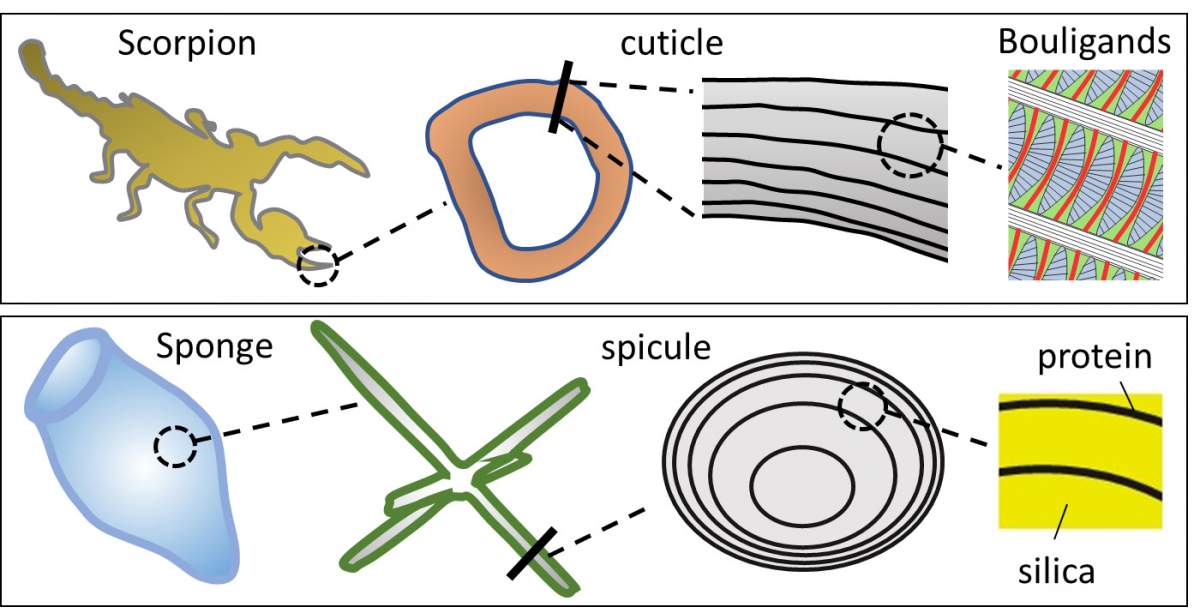
Greenfeld and Wagner point out that importing concepts such as grading into human-made designs is highly challenging. “For humans, such design is innovative,” says Greenfeld. “Biological structures are created bottom-up – from tiny, nano-metric building blocks, to microscopic structures, and onward to larger and larger structures – whereas in engineering, one usually doesn’t start at the molecular level.”
Still, while the scorpion’s structure is especially complex, other natural microstructures, such as that of the sea sponge, can be more readily applied in engineering. In the sponge’s skeleton, for example, apart from grading, cracks are slowed down or stopped by the fact that brittle layers are interspersed with minute amounts of softer layers. “It’s a ceramic, it’s basically made of silica, not the type of material you usually expect to display strong fracture resistance,” Wagner says.
A better understanding of the strategies found in natural composite materials, explain the researchers, could help engineers optimize our own human-made composites, a wide family of materials that ranges from the ubiquitous cement to specialized fiber-reinforced laminates used in aerospace industries.
